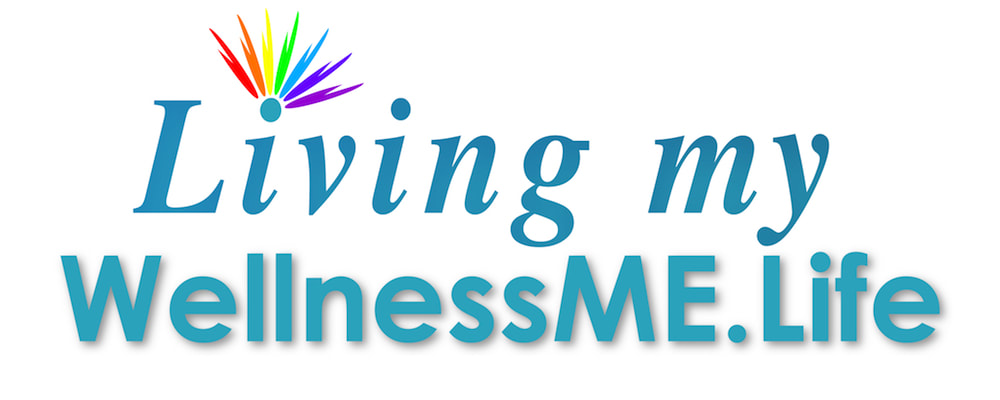|
Deanna Minich, PhD, CNS, IFMCP explains how essential nutrients can both help or hinder each other and our health. Reprinted with permission. Originally posted on Jan 2, 2018 at deannaminich.com. See her bio below.
The essential vitamins and minerals share a delicate dance in the body. For many body processes to function optimally, you must have the right balance of the nutrients. Many nutrients work synergistically, so a deficiency in one might appear as or exacerbate a deficiency in another and vice versa.
Other nutrients are antagonists, so care must be taken when supplementing with one so it does not negatively impact the absorption, uptake, or metabolism of the other. For some nutrient pairs, the balance is delicate, with the pairs in certain situations enhancing the work of the other, and in other situations, they antagonize one another. The following is a brief overview of the relationships and interactions between the essential nutrients. As you will see, some vitamins and minerals have a relationship with several other essential nutrients, while some have few if any known synergistic or antagonistic interactions. VITAMINS Vitamin A Synergistic Nutrients: Vitamin E
Antagonistic Nutrients: Vitamin E
Vitamin B1 (Thiamin) Synergistic Nutrients Magnesium
Vitamin B6
Vitamin B2 (Riboflavin) Antagonistic Nutrients: Calcium
Vitamin B3 (Niacin) Synergistic Nutrients: Zinc
Vitamin B5 (Pantothenic Acid) Antagonistic Nutrients: Copper
Vitamin B6 (Pyridoxine) Synergistic Nutrients: Magnesium
Antagonistic Nutrients: Vitamin B1
Vitamin B9 (Folate) Antagonistic Nutrients Vitamin B6
Vitamin B12 (Cobalamin) Antagonistic Nutrients Vitamin C
Vitamin C (Ascorbic Acid) Synergistic Nutrients Vitamin E
Antagonistic Nutrients Vitamin B12
Vitamin D Synergistic Nutrients Vitamin K
Vitamin A
Vitamin E Synergistic Nutrients Vitamin A
Vitamin A
Vitamin K Synergistic Nutrients: Vitamin D
Vitamin A
MACROMINERALS Calcium Synergistic Nutrients Vitamin D
Antagonistic Nutrients Iron
Magnesium Synergistic Nutrients Vitamin B1
Calcium
Phosphorus Antagonistic Nutrients Calcium
Potassium Synergistic Nutrients Calcium
Sodium Synergistic Nutrients Potassium
Antagonistic Nutrients Calcium
TRACE MINERALS Copper Synergistic Nutrients Vitamin C
Vitamin C
Iodine Synergistic Nutrients Vitamin A
Iron Synergistic Nutrients Vitamin A
Vitamin E
Manganese Antagonistic Nutrients Iron
Molybdenum Antagonistic Nutrients Copper
Selenium Synergistic Nutrients Vitamin C
Vitamin C
Zinc Synergistic Nutrients Vitamin A
Vitamin B6
SPECIAL GROUP INTERACTIONS Antioxidant Network Zinc, selenium, vitamin A, vitamin C, vitamin E
B-vitamins The B-vitamins often work together, especially vitamins B2, B6, B9, B12.
Dr. Deanna Minich is an internationally-recognized teacher, author, scientist, speaker, and artist. She has more than 20 years of diverse, well-rounded experience in the fields of nutrition and functional medicine, including clinical practice, research, product formulation, writing, and education. Her doctoral (Ph.D.) research focused on essential fatty acid absorption and metabolism, and her Master of Science degree (M.S.) allowed her to explore the health benefits of the colorful, plant-based carotenoids. She has authored six books on health and wellness and over fifteen scientific publications. Currently, she is Faculty for the Institute for Functional Medicine and the University of Western States. She has developed an online certification program for health professionals so that they can apply the color-coded 7 Systems of Full-Spectrum Health in their practice. Her lectures are heard by patients and practitioners throughout the world. Dr. Minich’s passion is teaching a whole-self approach to nourishment and bridging the gaps between science, spirituality, and art in medicine.
You can learn more and connect with Dr. Minich here: Websites: Deanna Minich Events, Blog & Info: www.deannaminich.com Certification Program: www.foodandspirit.com Whole Detox: www.whole-detox.com Social Media: Facebook, Instagram, YouTube
0 Comments
Leave a Reply. |
AuthorLiving my WellnessME.Life is our quarterly newsletter, compiled of separate blog posts created by Louanne and Sharon Saraga Walters and contributed by esteemed healthcare practitioners, colleagues and friends with a holistic (interrelated, synergistic, systemic) view of wellness. Archives
January 2019
Categories
All
|



 RSS Feed
RSS Feed